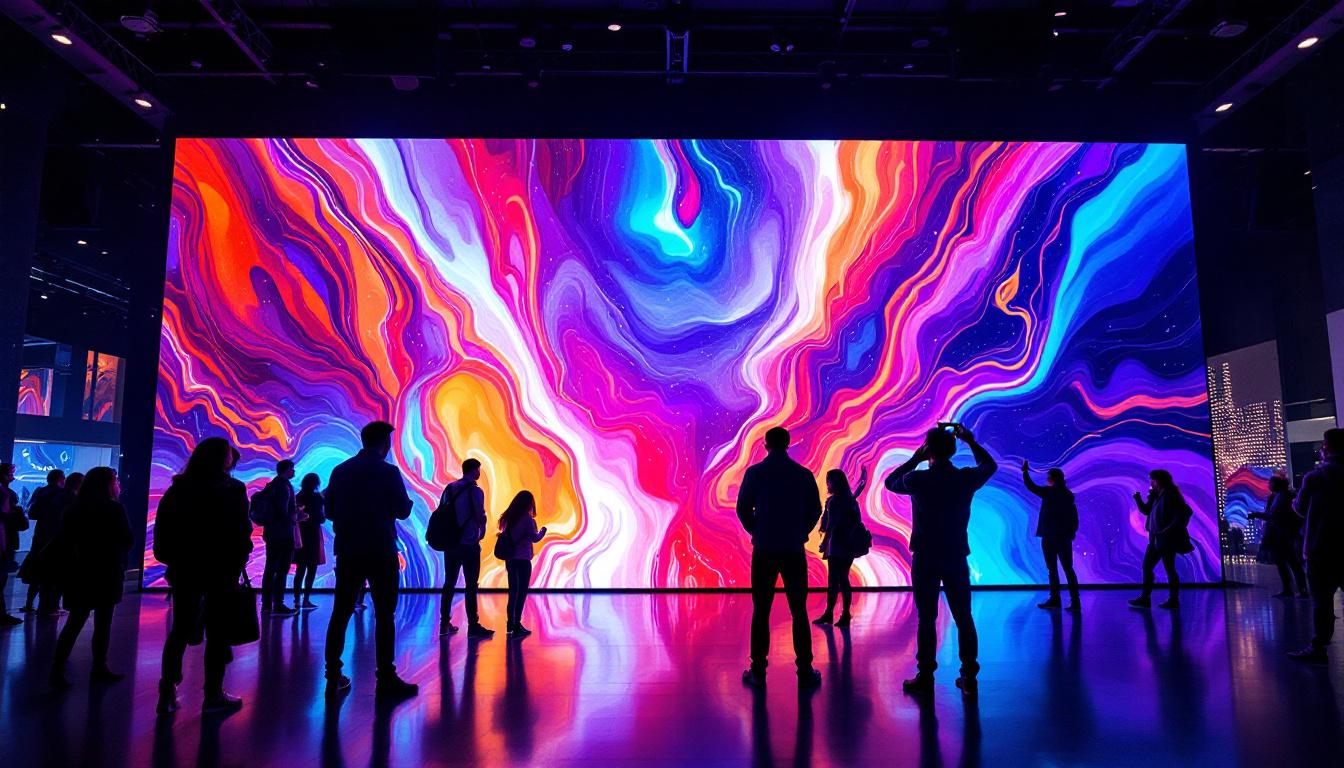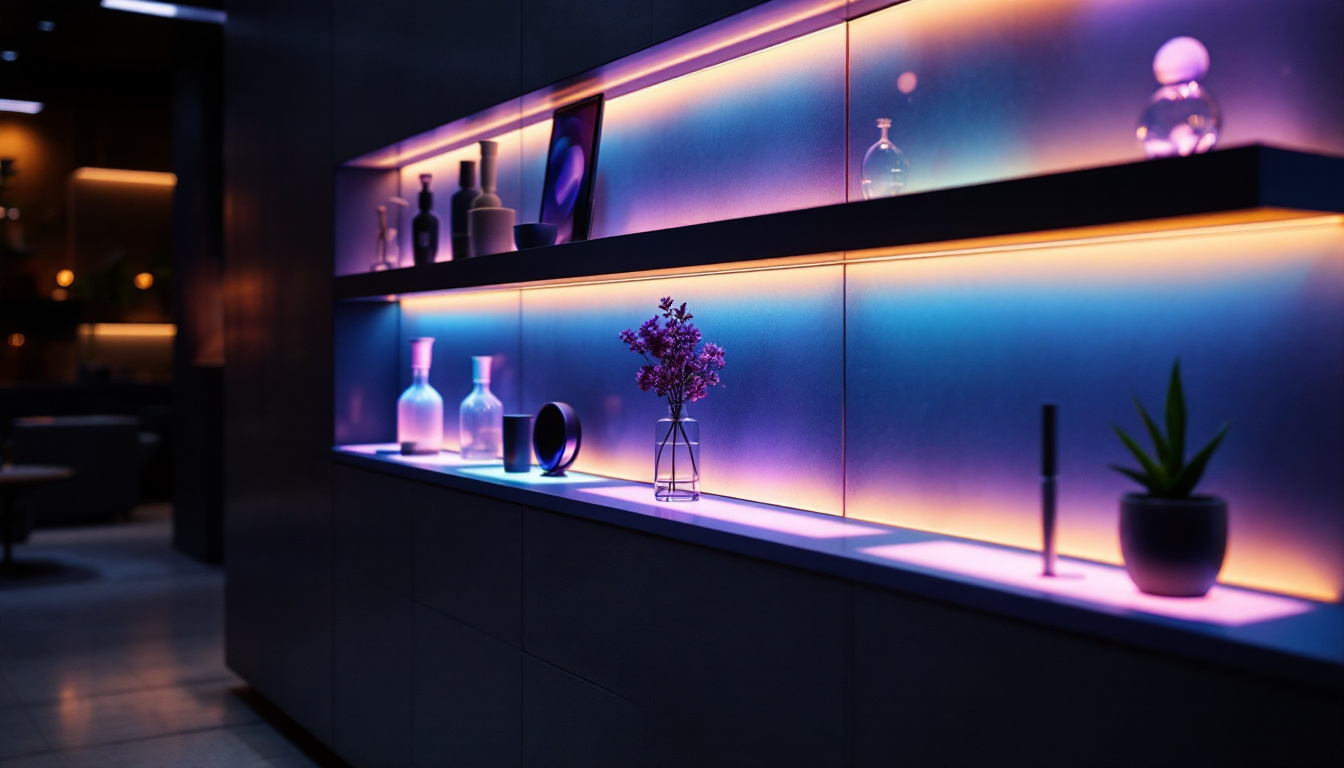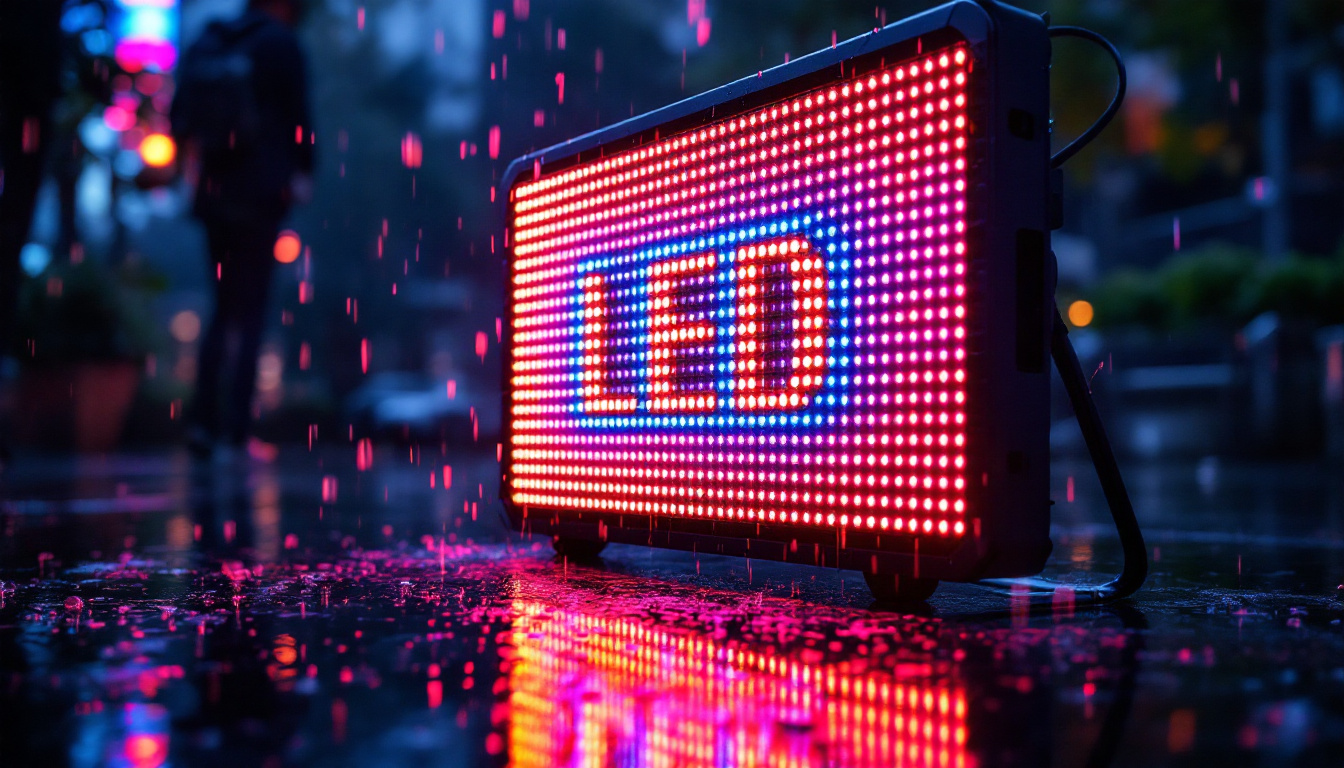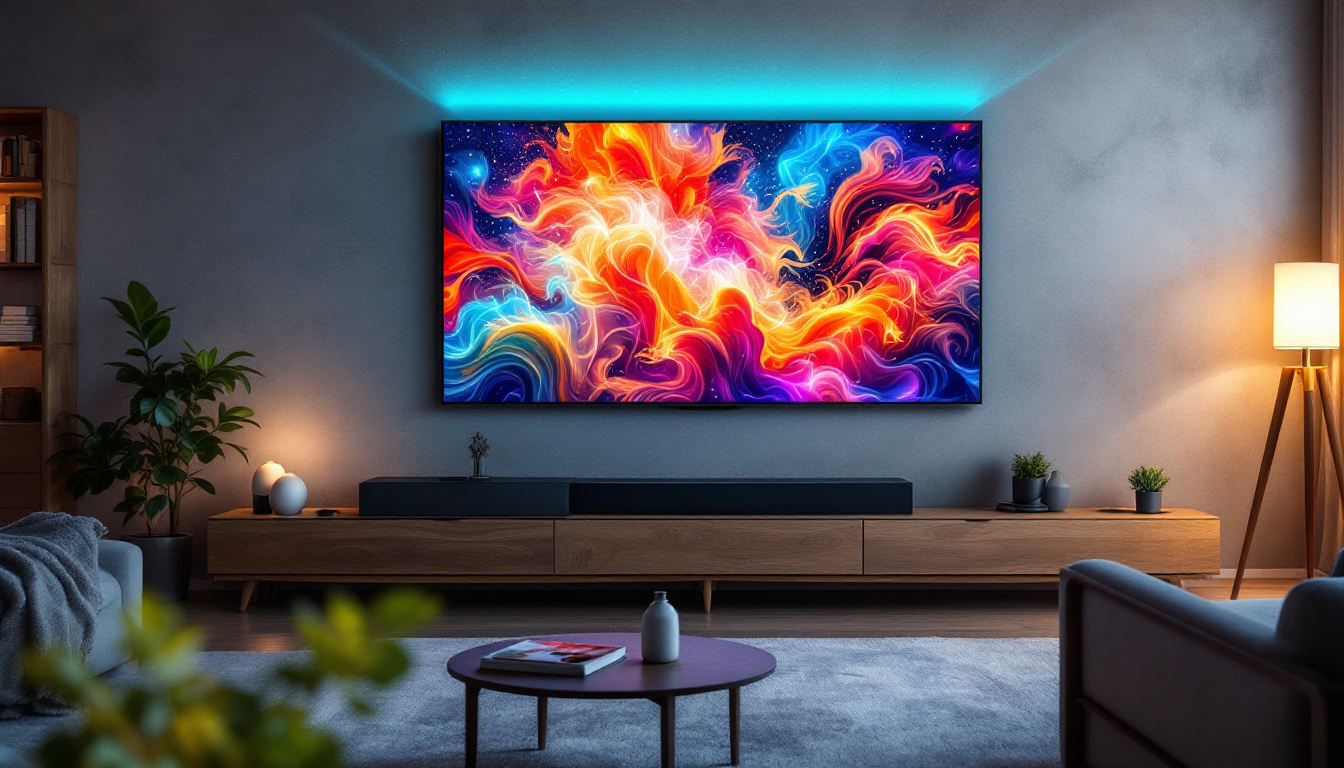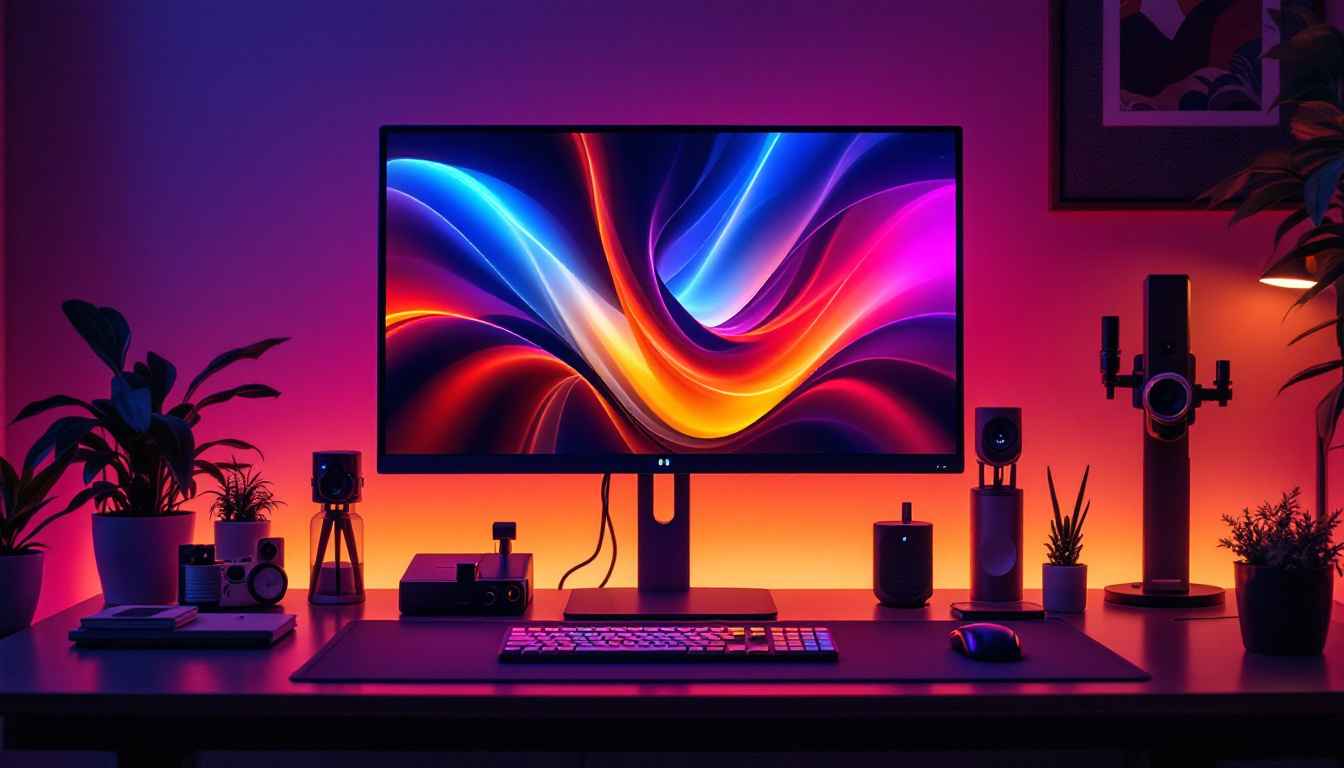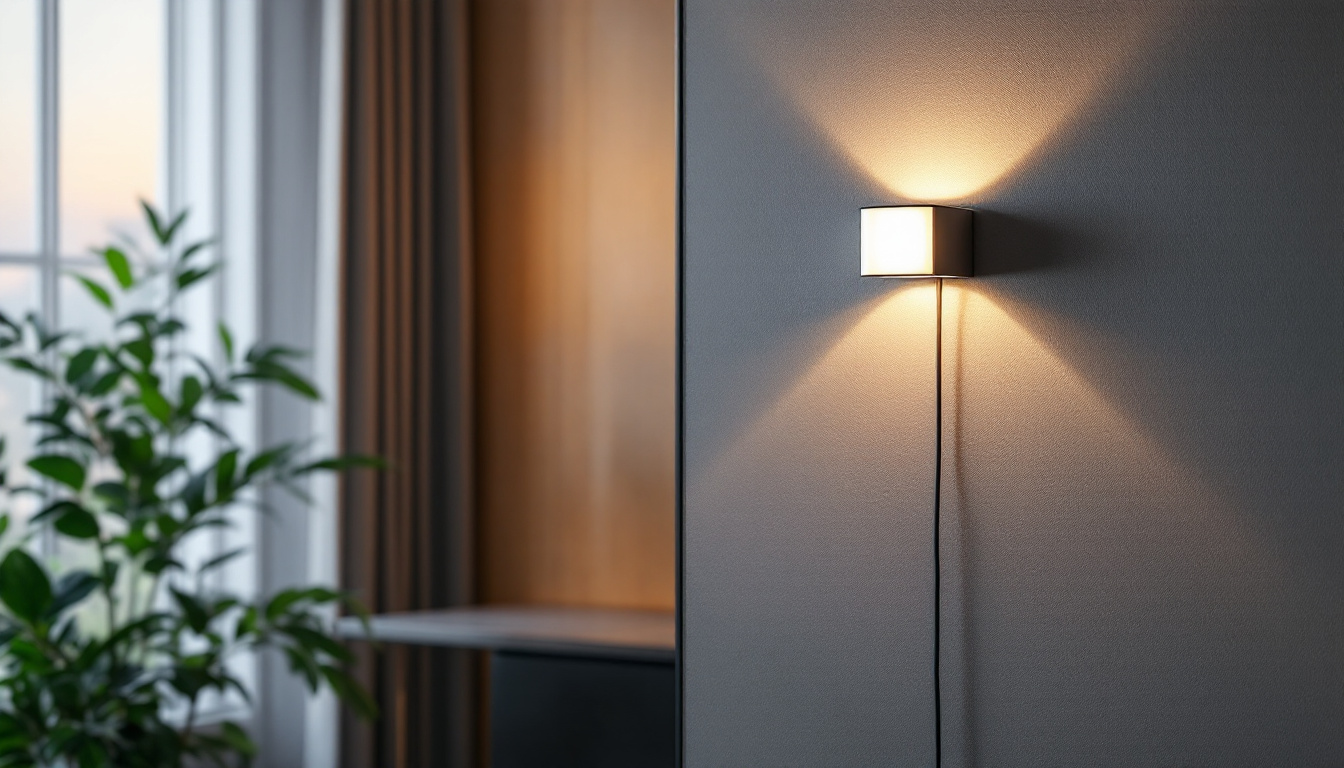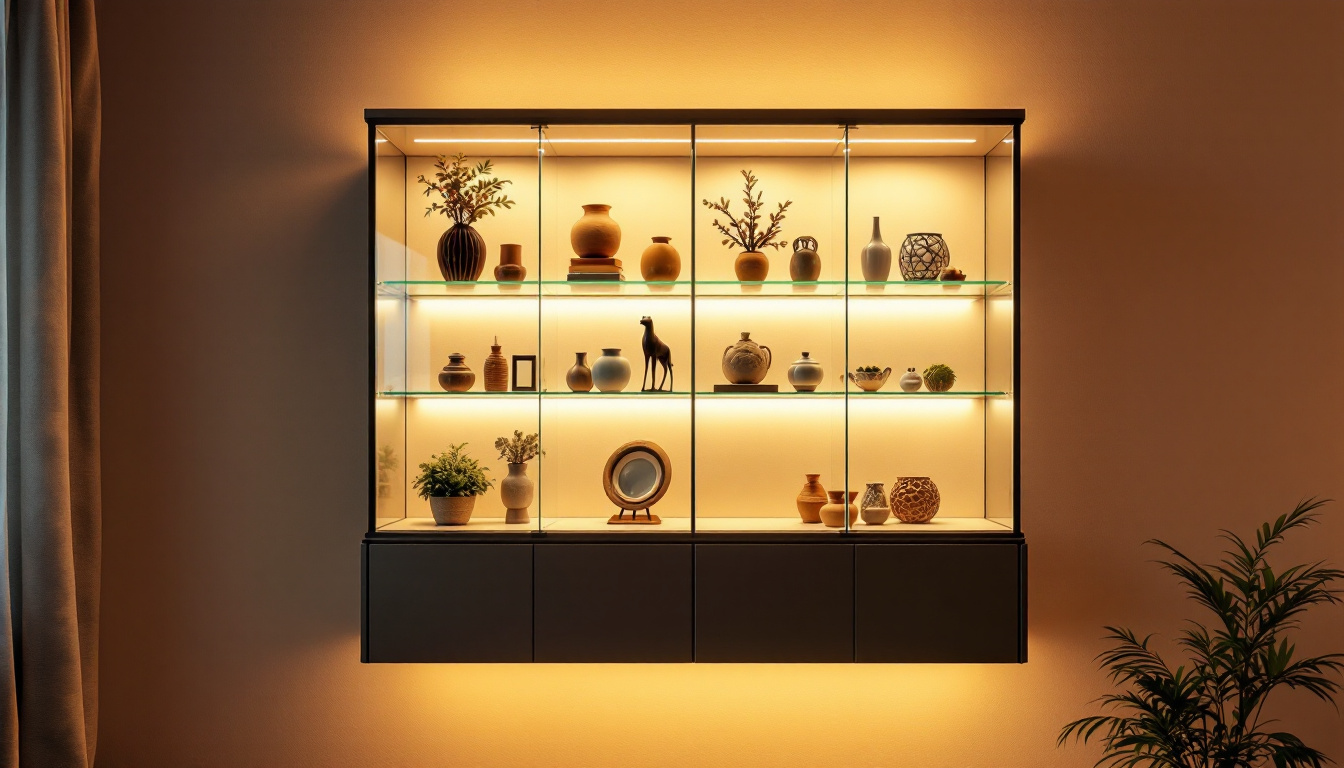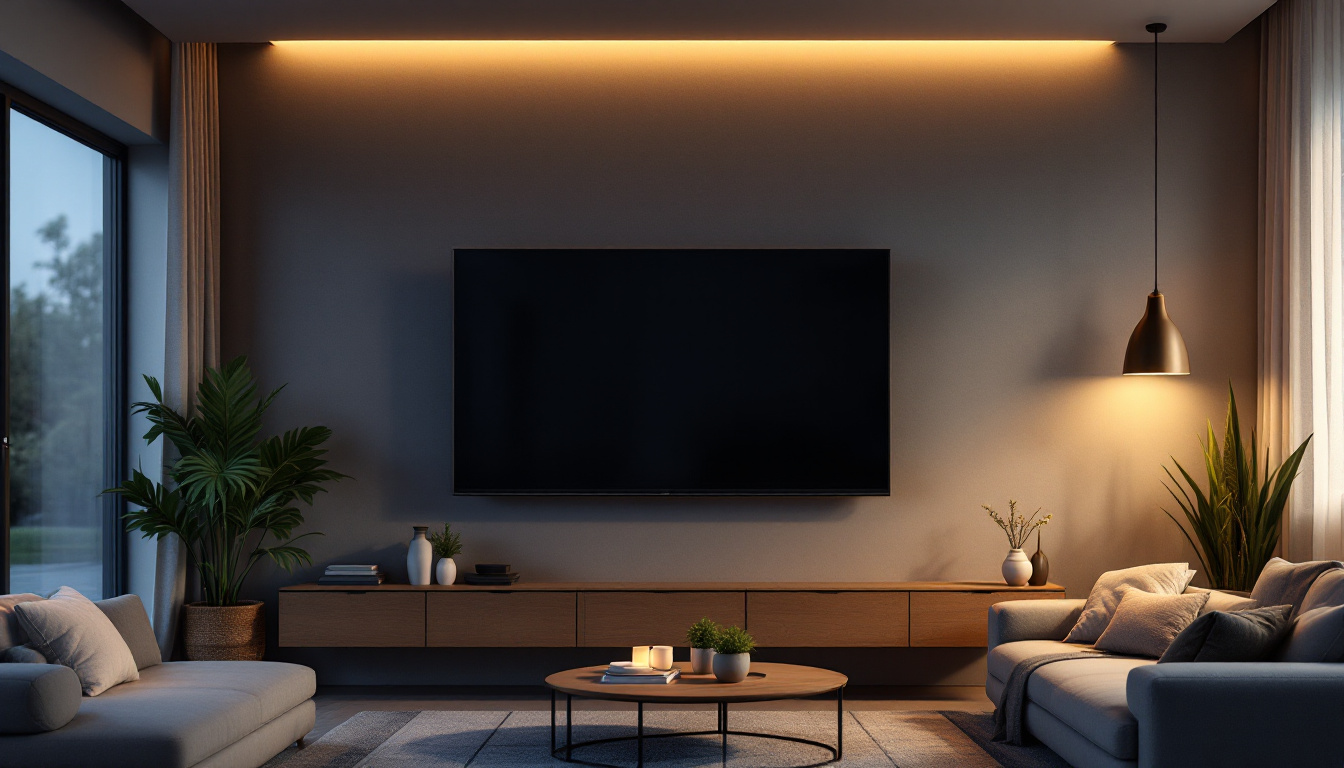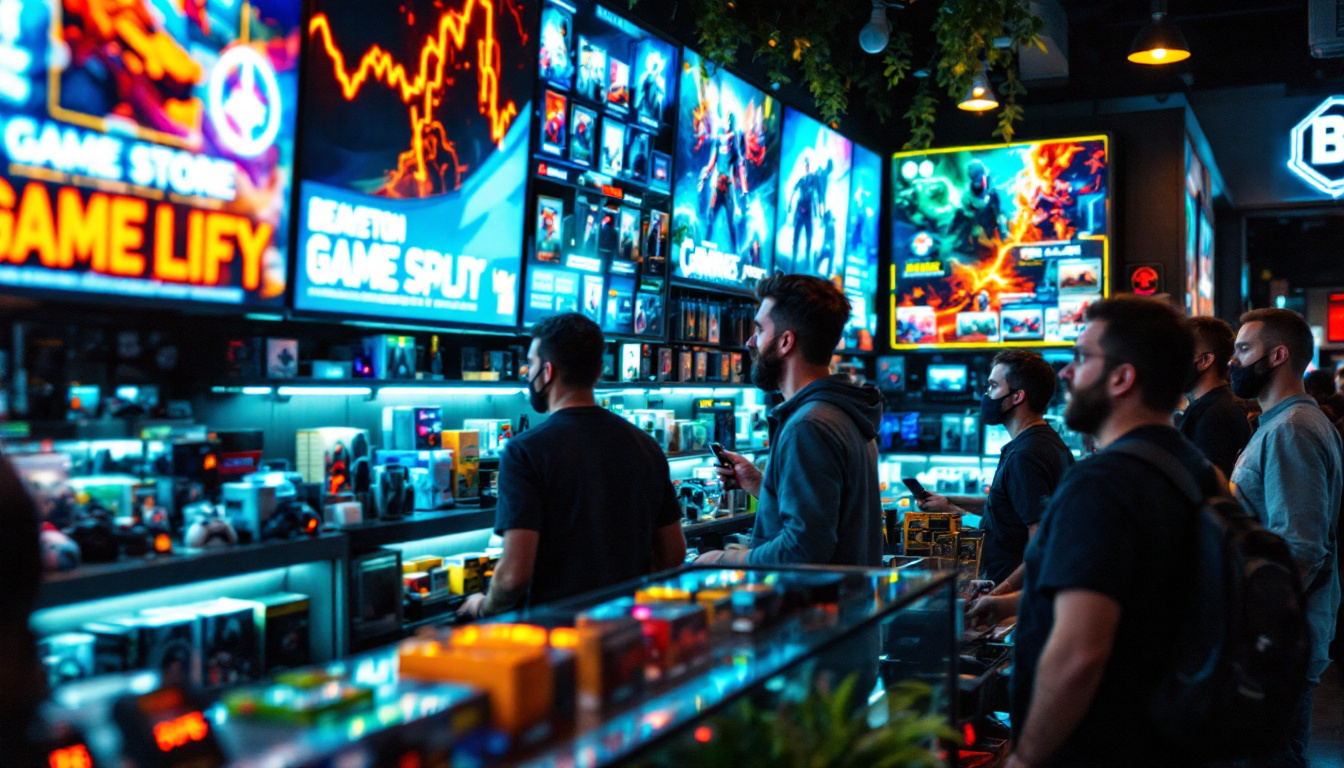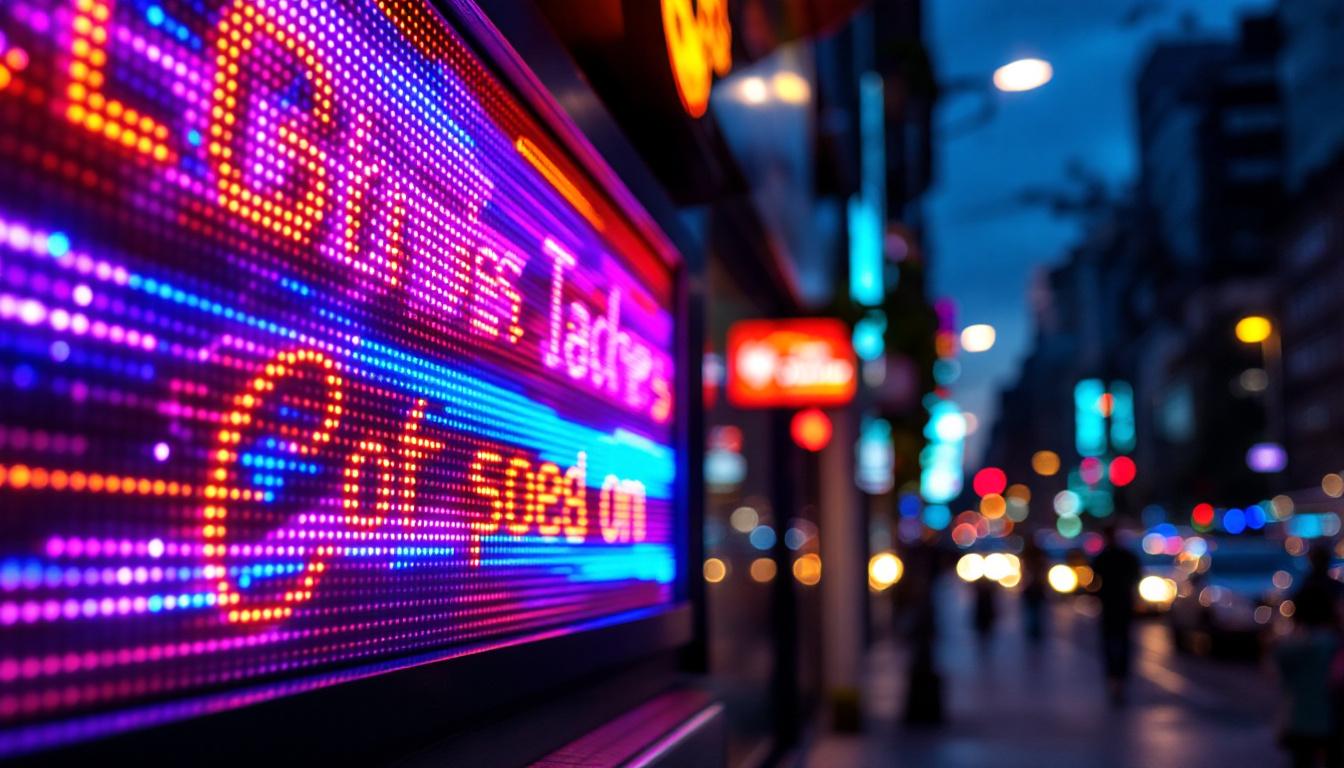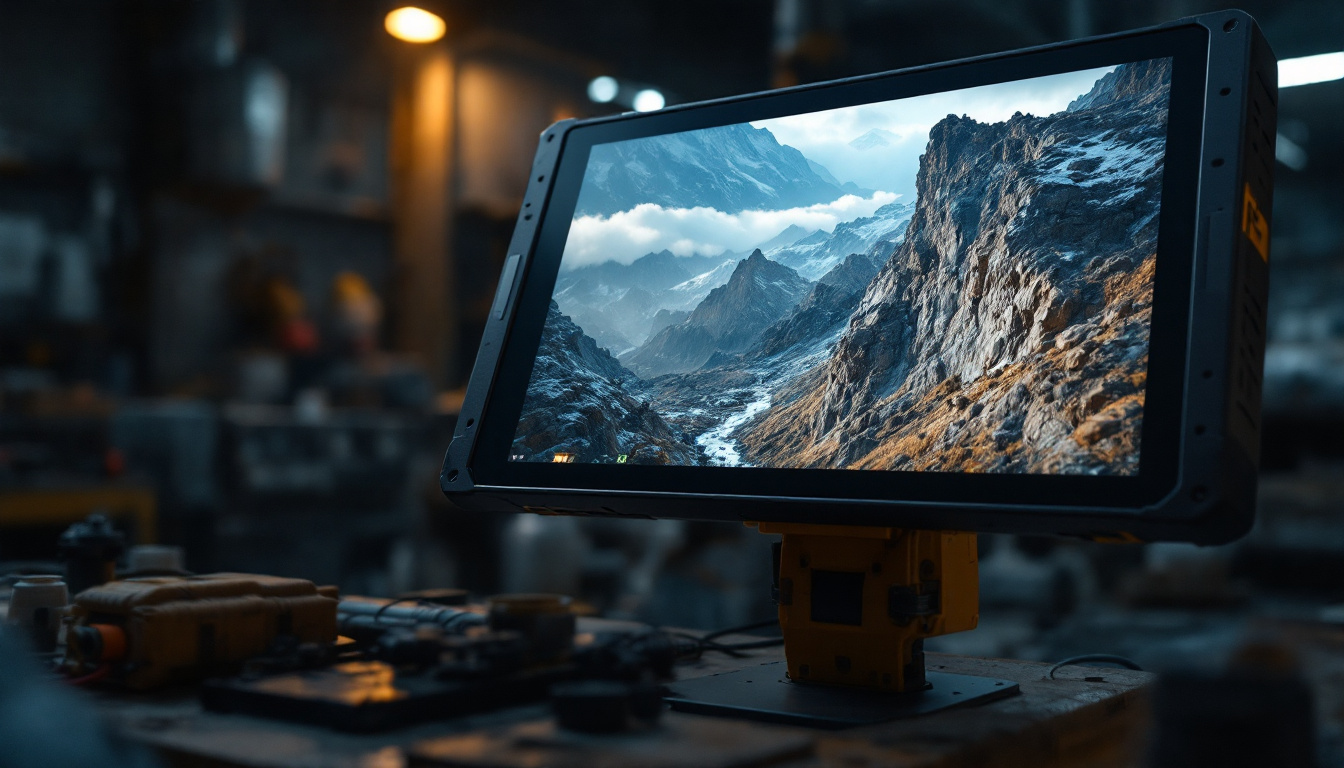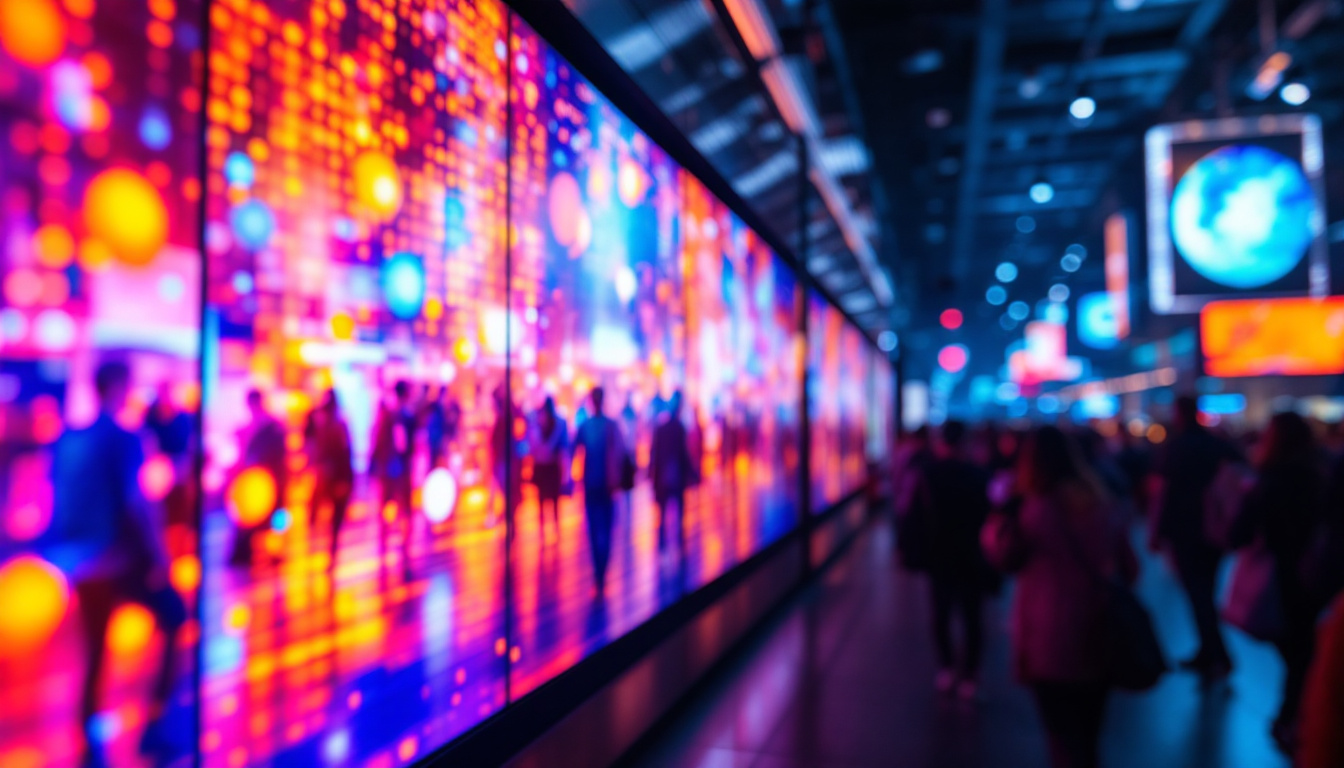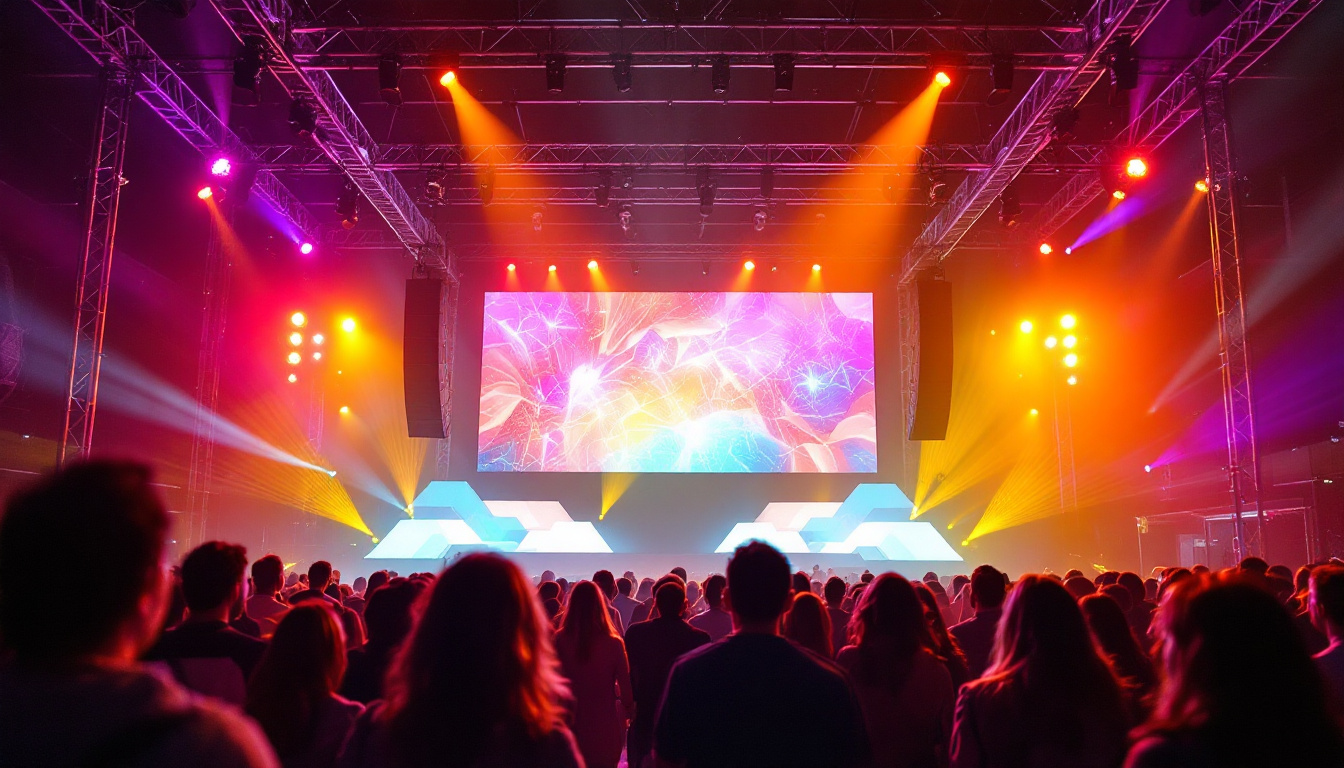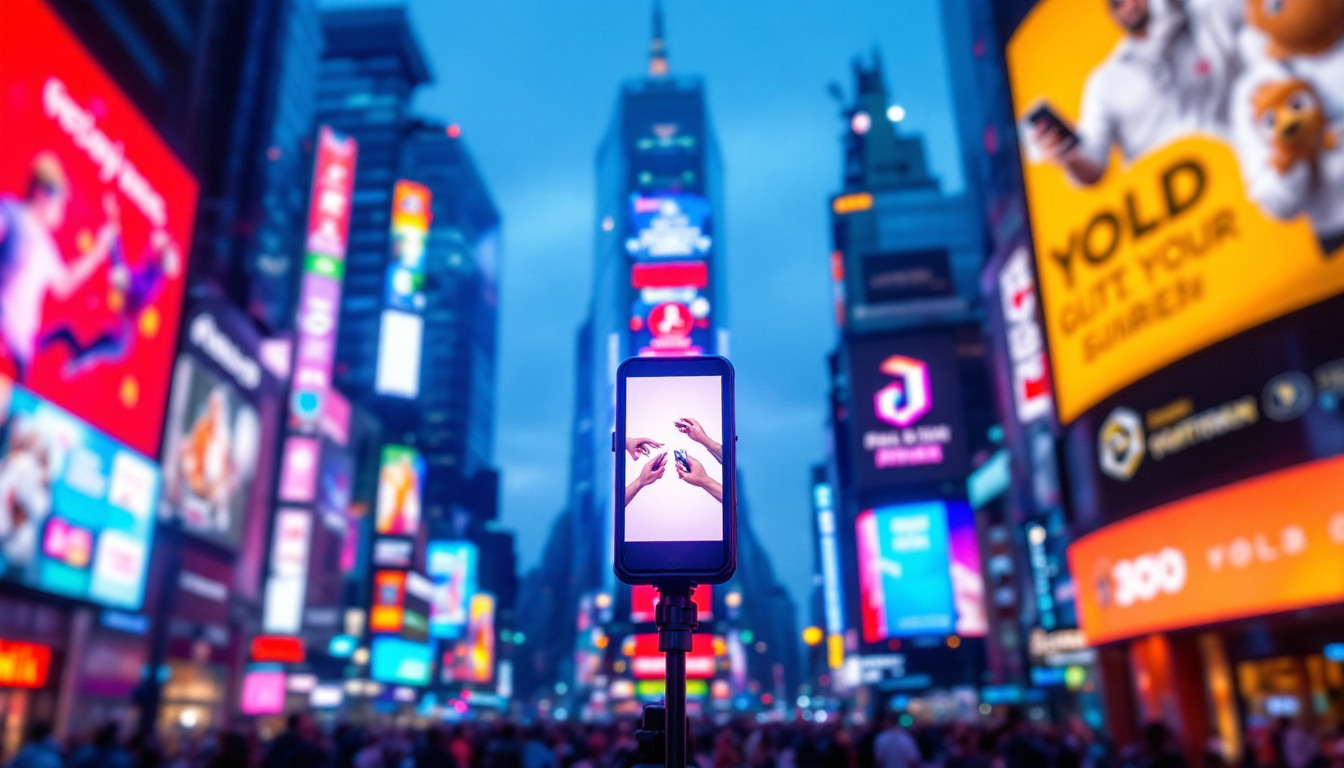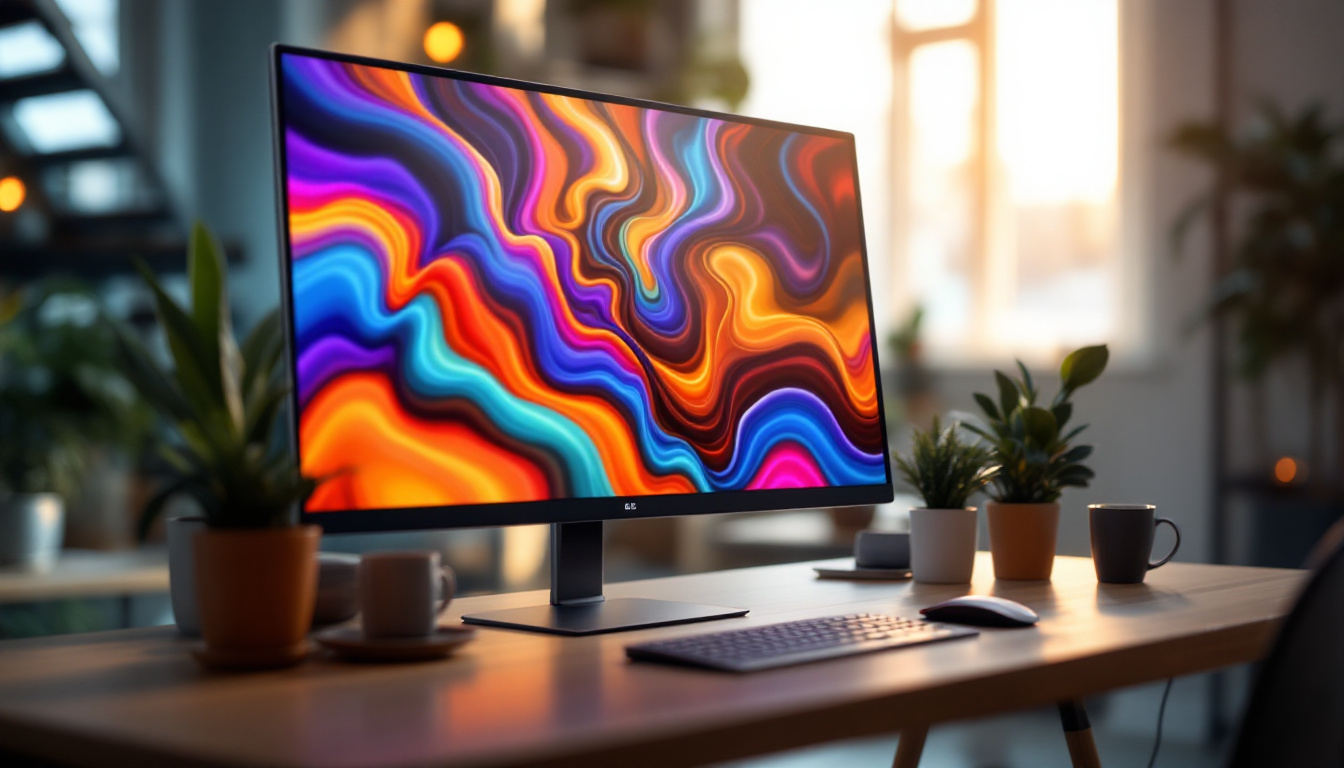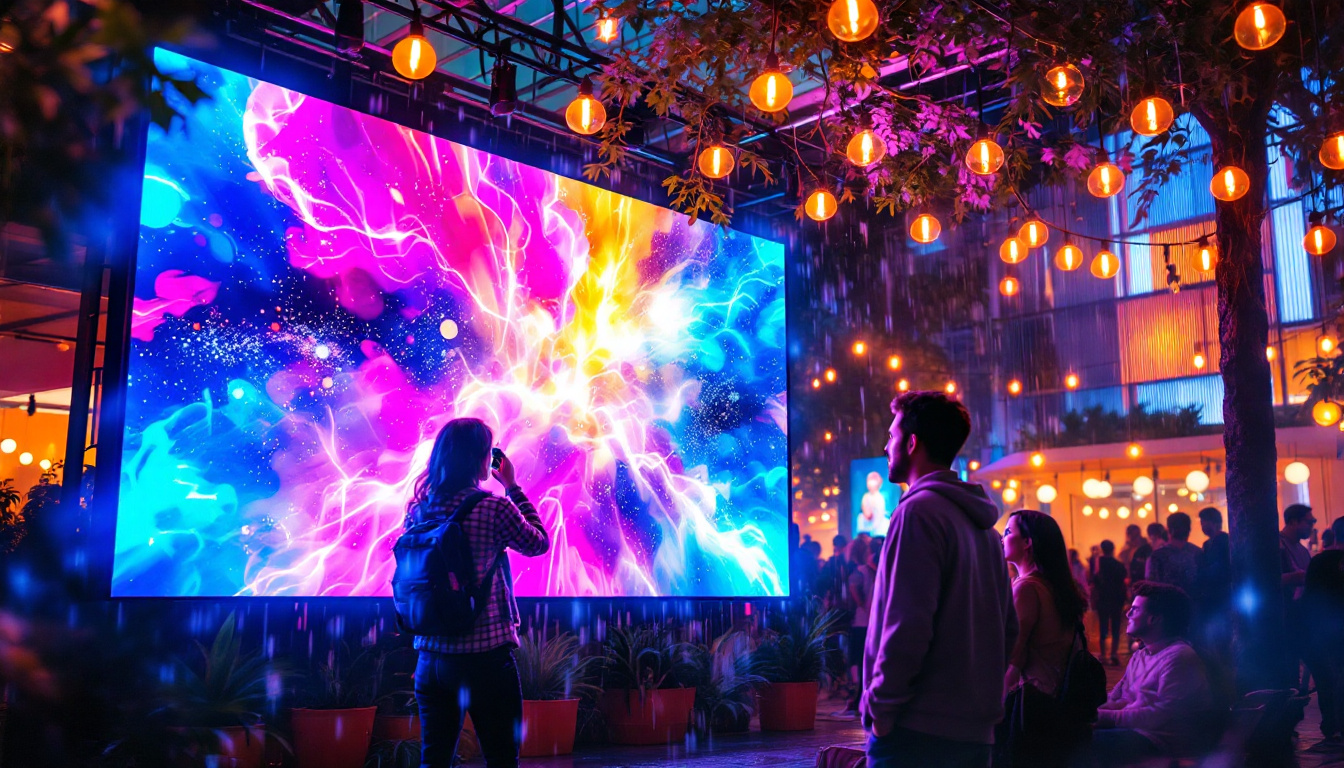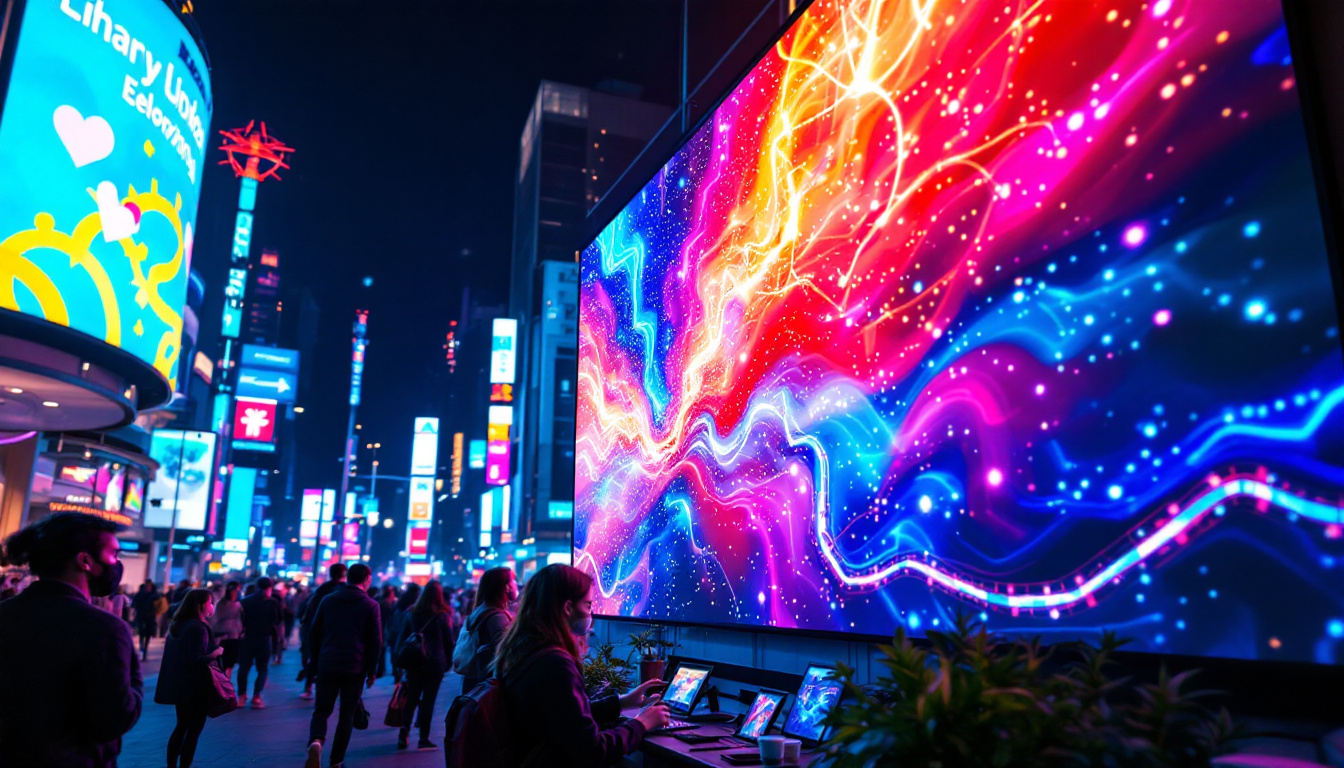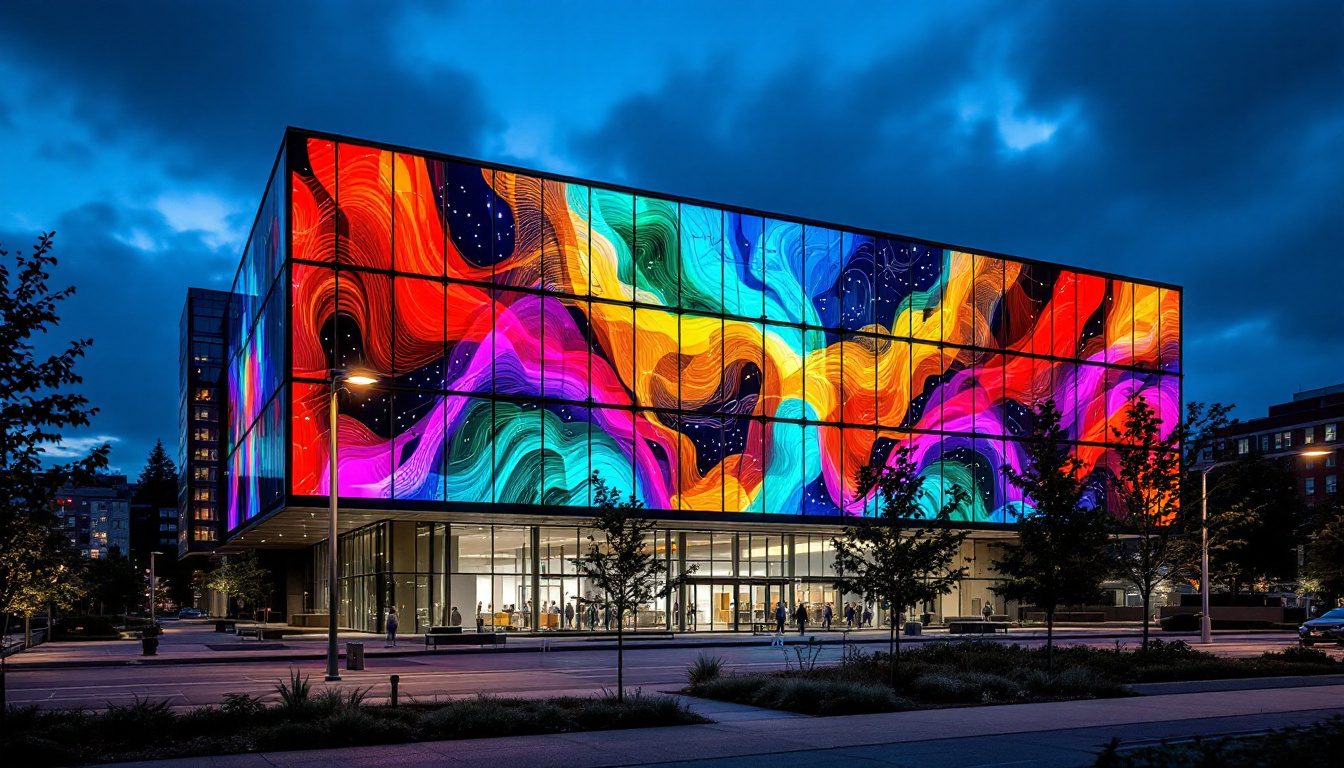In the age of digital transformation, visual communication has become more critical than ever. Among the most striking and effective tools for delivering impactful visual content are huge video walls composed of LED displays. These massive screens captivate audiences in arenas, retail environments, corporate lobbies, and public spaces worldwide. But what exactly makes LED video walls so popular, and how do they work? This article delves into the technology, applications, and benefits of huge LED video walls, offering a comprehensive understanding for businesses, event organizers, and technology enthusiasts alike.
Understanding LED Video Walls
What Is an LED Video Wall?
An LED video wall is a large-scale display composed of multiple LED (Light Emitting Diode) panels seamlessly tiled to form one expansive screen. Unlike traditional single-panel displays, these walls can be customized in size and shape, offering unparalleled flexibility for various environments. The individual LED modules work together to produce bright, vibrant images that are visible even in brightly lit spaces.
LED video walls are distinguished by their modular design, which allows for easy installation, maintenance, and scalability. Each module contains thousands of tiny LEDs that emit light directly, eliminating the need for backlighting found in LCD screens. This direct emission results in higher contrast ratios, better color accuracy, and superior viewing angles. The versatility of LED video walls makes them ideal for a wide range of applications, from corporate presentations and live events to retail displays and public art installations. Their ability to create immersive environments has transformed how businesses engage with their audiences, making information more accessible and visually appealing.
How Does LED Technology Work?
At the core of an LED video wall is the LED itself—a semiconductor device that emits light when an electric current passes through it. The LEDs used in video walls are typically surface-mount devices (SMDs), which integrate red, green, and blue diodes into a single package to create full-color pixels. By varying the intensity of each LED color, the display can render millions of colors with remarkable precision.
The resolution of an LED video wall depends on the pixel pitch, which is the distance between the centers of two adjacent pixels. Smaller pixel pitch means higher resolution and sharper images but usually comes at a higher cost. For example, a 1.5mm pixel pitch is ideal for close viewing distances such as control rooms, while larger pitches like 6mm or 10mm are suitable for outdoor advertising where viewers are farther away. Additionally, advancements in LED technology have led to the development of HDR (High Dynamic Range) capabilities, enhancing the display’s ability to showcase a broader spectrum of colors and improved brightness levels. This means that LED video walls can now deliver stunning visuals that captivate audiences, whether in a dimly lit theater or under the bright sun at an outdoor festival.
Applications of Huge LED Video Walls
Advertising and Digital Signage
One of the most prominent uses of huge LED video walls is in advertising and digital signage. Cities like New York’s Times Square and Tokyo’s Shibuya Crossing are iconic for their massive LED displays showcasing dynamic advertisements. These walls attract millions of viewers daily, providing brands with a powerful platform to engage consumers with vibrant visuals and motion content.
LED video walls offer advertisers the ability to update content in real-time, tailor messages to specific audiences, and create immersive experiences that static billboards cannot match. According to a study by the Outdoor Advertising Association of America (OAAA), digital out-of-home advertising, including LED video walls, has seen a 15% annual growth rate over the past five years, highlighting its increasing effectiveness.
Sports Arenas and Entertainment Venues
Sports stadiums and entertainment venues rely heavily on huge LED video walls to enhance the spectator experience. These walls display live footage, instant replays, scores, and interactive content, ensuring fans stay engaged throughout events. The brightness and clarity of LED displays make them ideal for both indoor and outdoor arenas, where lighting conditions can vary significantly.
For instance, the AT&T Stadium in Texas features one of the largest center-hung LED video boards in the world, measuring approximately 160 feet wide and 72 feet tall. This massive screen ensures that even spectators seated far from the action can enjoy a close-up view of the game, replays, and promotional content.
Corporate and Control Room Environments
In corporate settings, LED video walls serve as dynamic communication tools in lobbies, conference rooms, and auditoriums. They enable companies to display branding, presentations, and real-time data feeds in a visually compelling format. Control rooms, such as those used in transportation, utilities, and emergency response, benefit from LED walls by having large, high-resolution displays that provide critical information at a glance.
These applications demand high reliability and consistent performance, which LED video walls deliver through robust construction and advanced calibration technologies. The ability to customize size and resolution allows organizations to tailor video walls to specific operational needs.
Advantages of LED Video Walls Over Other Display Technologies
Superior Brightness and Visibility
One of the most significant advantages of LED video walls is their exceptional brightness, often exceeding 1,000 nits and sometimes reaching up to 5,000 nits for outdoor models. This brightness ensures that content remains visible even in direct sunlight, a challenge for LCD and projection-based displays. The high contrast ratio also enhances image clarity, making text and graphics easier to read from a distance.
Durability and Longevity
LED displays are known for their durability and long operational life, typically rated between 50,000 to 100,000 hours of use. They are designed to withstand harsh environmental conditions, including extreme temperatures, humidity, and exposure to dust or moisture. This resilience makes LED video walls a cost-effective investment over time, especially for outdoor installations.
Energy Efficiency
Compared to other large-format display technologies, LED video walls consume less power per square meter, thanks to the inherent efficiency of LEDs. This energy efficiency reduces operational costs and supports sustainability goals, a growing concern for many organizations. Advances in LED driver technology and intelligent brightness control further optimize power consumption without compromising image quality.
Seamless Scalability and Flexibility
The modular nature of LED video walls allows for virtually unlimited scalability. Whether the need is for a 10-foot-wide display or a 100-foot panoramic screen, LED panels can be combined to fit the exact dimensions required. Additionally, the flexibility to create curved or irregularly shaped video walls opens new creative possibilities for architects and designers.
Key Considerations When Choosing an LED Video Wall
Pixel Pitch and Resolution
Choosing the appropriate pixel pitch is crucial to ensure optimal image quality based on viewing distance and application. For example, indoor environments with close viewing distances typically require a pixel pitch between 1.2mm and 2.5mm to deliver crisp visuals. Outdoor installations can use larger pixel pitches, such as 6mm to 20mm, since viewers are usually farther away.
Brightness and Environmental Suitability
Assessing the ambient lighting conditions where the video wall will be installed is essential. Outdoor video walls demand higher brightness levels and weatherproofing features to maintain performance under sunlight, rain, and dust. Indoor video walls can operate at lower brightness but should still provide sufficient luminosity to compete with indoor lighting.
Installation and Maintenance
Consideration of installation logistics, including mounting options, structural support, and accessibility for maintenance, is vital. Front-service LED panels allow maintenance from the front of the display, which is beneficial when rear access is limited. Additionally, choosing a supplier with strong technical support and warranty coverage can minimize downtime and maintenance costs.
Content Management and Control Systems
The effectiveness of an LED video wall depends heavily on the content management system (CMS) used to control it. Modern CMS platforms enable scheduling, remote management, and integration with data sources, allowing dynamic and interactive content delivery. Compatibility with various input sources and software tools should be evaluated to ensure seamless operation.
The Future of Huge LED Video Walls
Emerging Technologies and Trends
As LED technology continues to evolve, several exciting trends are shaping the future of huge video walls. MicroLED displays, which use even smaller LEDs, promise higher resolution, increased brightness, and better energy efficiency. Transparent LED panels are gaining traction, allowing for see-through displays that blend digital content with physical environments.
Artificial intelligence and machine learning are also being integrated into content management systems to optimize content based on audience demographics, time of day, and environmental factors. This level of personalization enhances engagement and maximizes the return on investment for advertisers and businesses.
Sustainability and Environmental Impact
With growing emphasis on sustainability, manufacturers are focusing on producing LED panels with recyclable materials and reducing hazardous substances. Energy-efficient designs and smart power management contribute to lower carbon footprints for large-scale digital displays. Additionally, the longevity and durability of LED video walls reduce electronic waste by extending product life cycles.
Conclusion
Huge LED video walls represent a powerful convergence of technology, design, and communication. Their ability to deliver vibrant, high-resolution content at scale has transformed how businesses, event organizers, and public institutions engage with audiences. From dazzling advertising displays in urban centers to immersive experiences in sports arenas and corporate environments, LED video walls offer unmatched versatility and impact.
Understanding the technical aspects, advantages, and practical considerations of LED video walls is essential for making informed decisions when planning a large-scale display installation. As technology advances and new innovations emerge, the potential for LED video walls to captivate and communicate will only continue to grow.
For organizations seeking to harness the power of visual storytelling, investing in a huge LED video wall is not just a display choice—it’s a strategic move toward creating memorable, dynamic, and effective communication experiences.
Discover LumenMatrix’s Innovative LED Solutions
Ready to elevate your visual communication strategy with a huge LED video wall? LumenMatrix is at the forefront of LED display technology, offering a wide array of solutions tailored to your unique needs. From Indoor and Outdoor LED Wall Displays to specialized options like Vehicle, Sports, and Floor LED Displays, our products are designed to make your brand stand out and your message resonate. Experience the future of digital signage with our Custom, All-in-One, and Transparent LED Displays. Check out LumenMatrix LED Display Solutions today and transform your space into a dynamic visual experience.

